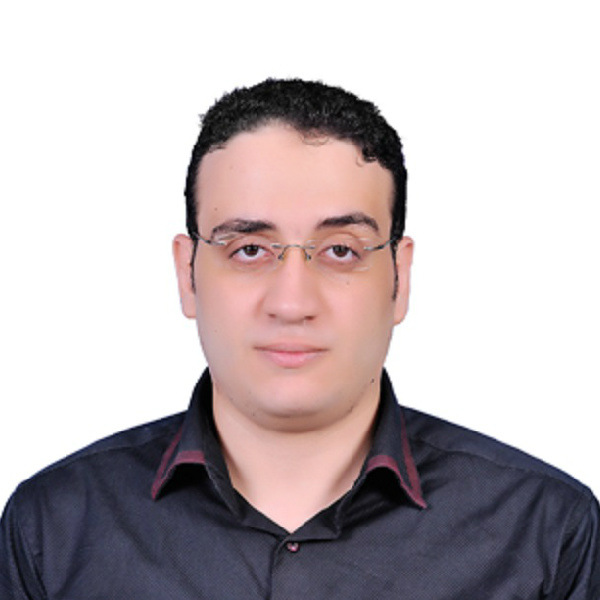Abstract
Aim:to evaluate the diagnostic value of I-131 SPECT/CT over traditional I-131 whole body planar scintigraphy during post-I-131 ablative dose imaging or during regular follow up of patient with differentiated thyroid cancer.
Material and methods:a total of 108 patients with differentiated thyroid were subjected to total or near total thyroidectomy and post-operative neck US to enroll status of residual disease together with base line serum TG. Planar I-131 whole body scan was done using dual head gamma camera. SPECT/CT was done by hybrid system composed of the gamma camera, used in planar whole body imaging, and integrated X-ray transmission device low dose CT .Neck and chest SPECT/CT was performed as well as on any other suspected areas of enhanced uptake seen in the planar imaging to assess the uptake of I-131 at the neck and rest of the body and to compare the whole body planar scintigraphy.
Results:Thyroid Bed: In 70 patients who performed post-therapy scan, there were 68 foci in the thyroid bed seen at both whole-body scintigraphy and SPECT/CT as being in the thyroid bed. Six foci which were interpreted as equivocal in whole body scans were seen in SPECT/CT as thyroid duct remnant. While in the 38 patients who had follow up diagnostic whole body scans, 8 foci were matched with SPECT/CT showing thyroid tissue uptake (residue in 5 and recurrence in 3), while SPECT/CT detected two more lesions in the thyroid bed that were false-negative in WBS in two patients. LN Metastases: In both post-therapy and diagnostic scans, a total of 24 radioactive foci were identified as potential LN metastases on whole-body scintigraphic images. Eight foci were believed to be clearly positive for uptake, while 10 were equivocal for LN metastasis. Six of the “positive nodal uptake” foci were confirmed to be accumulations within metastatic LNs. While the remaining 4 areas of uptake were shown to be due to uptake in saliva retained in the oral cavities (two foci), unilateral uptake in the submandibular glands (one focus) and skin contamination in the right site of neck (one focus) when the SPECT/CT image was reviewed. Distant Metastases: In both post-therapy and diagnostic scans, 28 areas of uptake were found and categorized as distant metastases on whole-body scintigraphic images (8 foci in lungs and 20 foci in bones). Fifteen of these 28 areas were believed to be positive findings. SPECT/CT showed that 15 of the 28 foci positive for uptake were metastases to the extrathyroidal organs, such as lungs (5 foci) and bones (10 foci). Thirteen foci were noted as equivocal for distant metastases by planar scans. SPECT/CT could localize 6 of 13 equivocal foci as definite metastases (3 in lungs and 3 in bones). The remaining 7 equivocal foci were shown to represent physiologic uptake or benign lesions, such as colons (two foci), breast uptake (two foci), stomach (one focus), and renal cyst (one focus) and the last one is an area of uptake that was believed to be positive for pelvic or femoral bone metastasis at whole-body scintigraphy was shown to be the uptake in a region of soft tissue inflammation in the right buttock at SPECT/CT . Overall, in a total of 31 radioactive foci in 17 patients, the interpretation of whole body scintigraphic findings was altered in light of SPECT/CT findings
Conclusion:SPECT/CT improved the detection and localization of LN metastases and distant metastases compared with whole-body scintigraphy and had a considerable effect on the management of patients with well-differentiated thyroid carcinoma.

